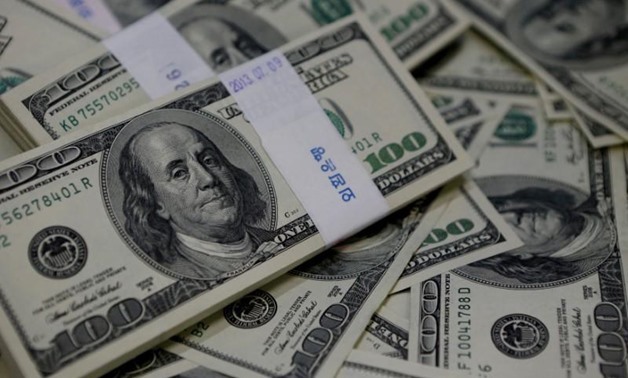
U.S. one-hundred dollar bills are seen in this picture illustration, August 2, 2013 - REUTERS/Kim Hong-Ji/Illustration
LONDON - 19 September 2018: The dollar held at a two-month high against the Japanese yen and commodity currencies rose on Wednesday amid relief the latest round of tariffs announced by China and the United States were not as harsh as the market expected.
Risk appetite held up across markets. Emerging-market currencies firmed, led by the Indian rupee after China said it won’t retaliate with competitive currency devaluations.
“The main reason the dollar hasn’t jumped after the latest measures is that this was widely expected and the final amount of tariffs in the region of 5-10 percent is lower than what markets had feared,” said Richard Falkhenhall, a senior FX strategist at SEB in Stockholm.
China and the United States plunged deeper into a trade war after President Donald Trump levied tariffs on $200 billion worth of Chinese goods. Beijing retaliated with duties on about $60 billion worth of U.S. goods.
But Washington’s new duties were set at 10 percent for now, before rising to 25 percent by the end of 2018, rather than an outright 25 percent.
Against the yen, the dollar rose to its highest since July 20 at 112.42 yen after the Bank of Japan left interest rates unchanged and reiterated its desire to boost consumer inflation to 2 percent
Commodity-linked currencies extended their gains with the Australian dollar rising to its highest in more than three weeks at $0.7255.
The renminbi gained for a third day while stocks finished in the black after Premier Li Keqiang said Beijing will not engage in competitive currency devaluations.
Sterling held firm on hopes about progress towards a Brexit deal ahead of an informal European Union summit in Salzburg on Wednesday and Thursday.
The pound hit a high of $1.3175, its highest level in almost eight weeks and last stood flat at $1.3169. It hit a seven-week high of 0.8865 pound per euro.

Comments
Leave a Comment